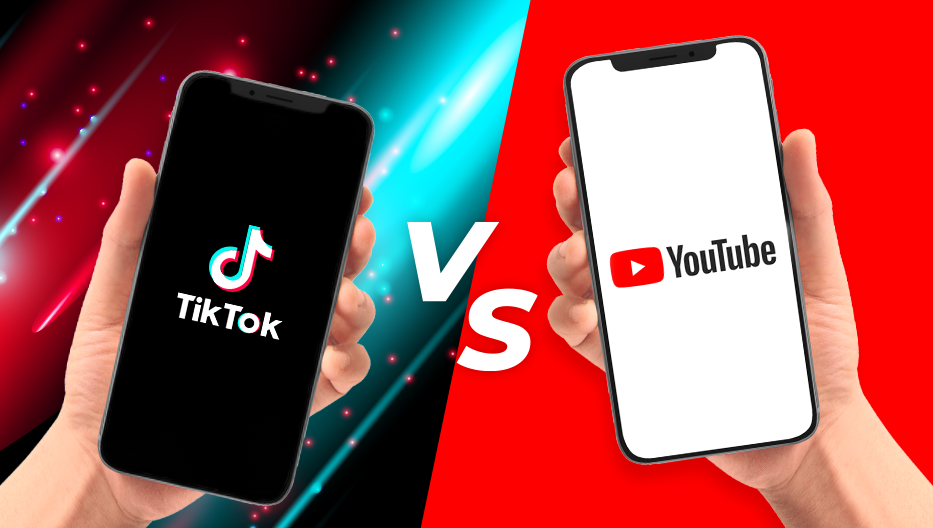TIKTOK vs. YouTube: Understanding the Differences in Video Content
In the world of online video content, two platforms have risen to the top: YouTube and TIKTOK. While both platforms offer a way for users to upload and share videos, there are some key differences between the two that set them apart.
First and foremost, the target audience of these platforms is different. YouTube has been around since 2005 and has a more mature user base compared to TIKTOK, which was launched in 2016 and is primarily used by younger generations. As a result, the type of content that is popular on each platform is quite different.
On YouTube, you will find a wide variety of content including educational videos, vlogs, and how-to tutorials. The platform also caters to specific niches, such as gaming and beauty, allowing users to create and share content with a focused audience.
TIKTOK, on the other hand, is all about short, creative and often humorous videos that are set to music. The app has a wide range of filters and effects that users can use to enhance their videos, making it a popular platform for creative expression.
Another difference between the two platforms is the length of the videos. While YouTube allows users to upload videos of any length, TIKTOK videos are limited to 60 seconds. This limit forces users to be creative and concise with their content, making it a quick and enjoyable platform for users to watch and share videos.
Lastly, monetization is also different between the two platforms. While YouTube offers a revenue sharing program, allowing creators to earn money through advertising and sponsorships, TIKTOK is yet to offer a similar program. However, the platform is expected to introduce monetization options in the future.
In conclusion, while both YouTube and TIKTOK offer a platform for users to share videos, they are fundamentally different in terms of their target audience, type of content, video length, and monetization options. Understanding these differences is key to effectively using each platform to reach your desired audience.


 由 Admin
由 Admin





